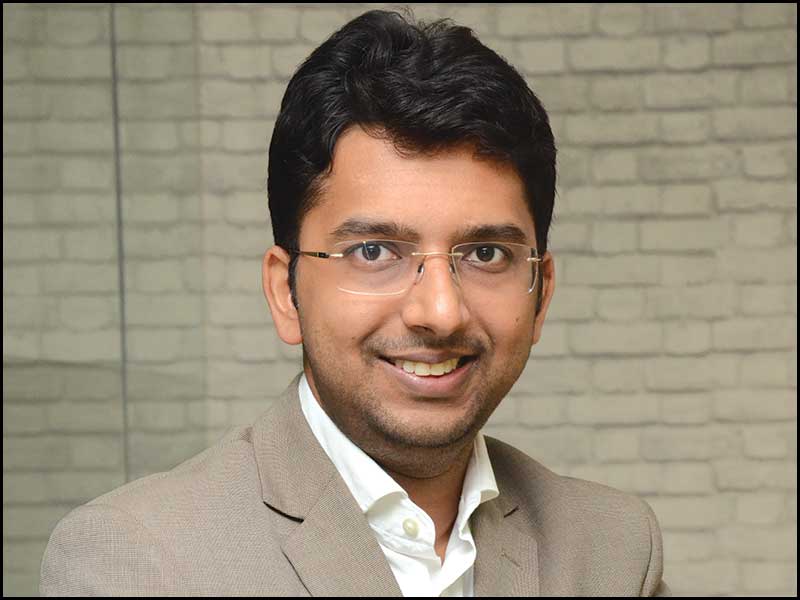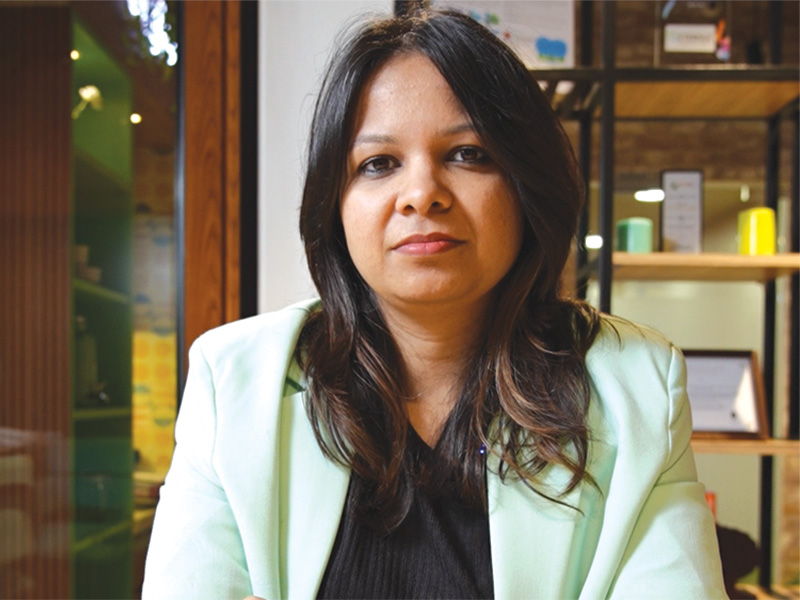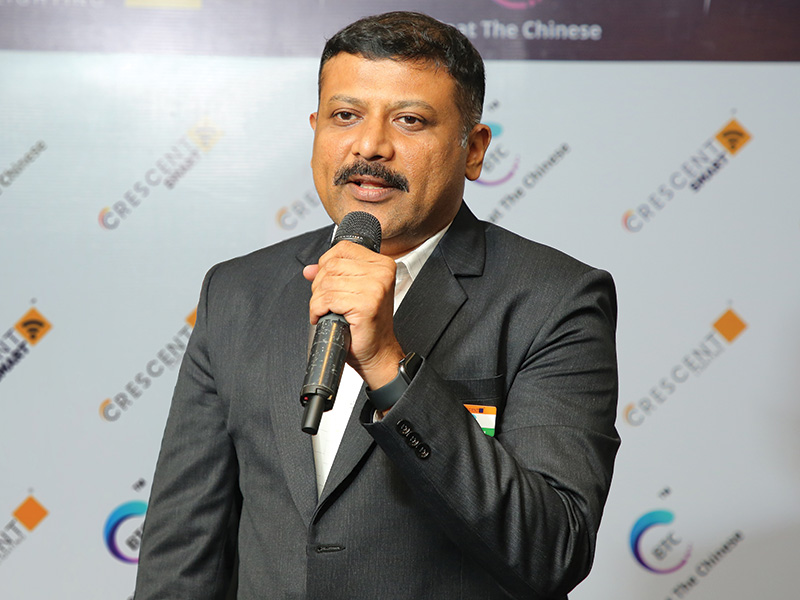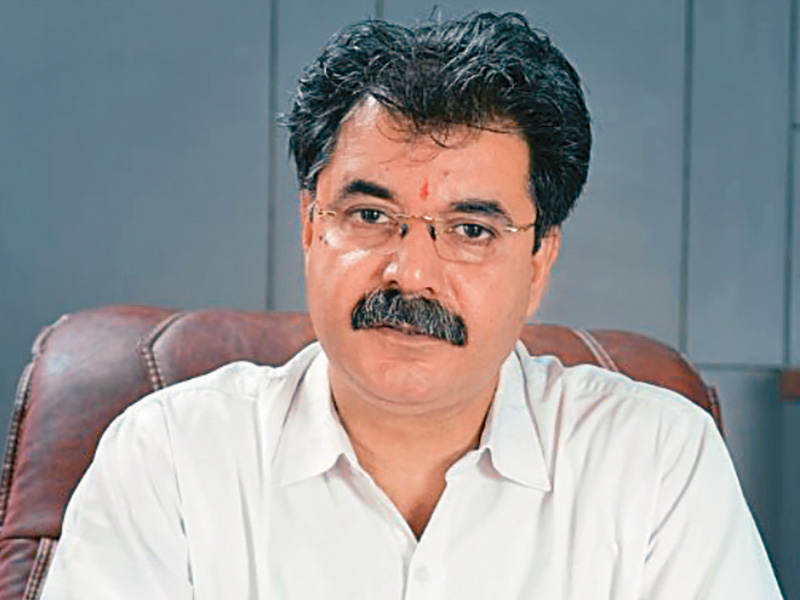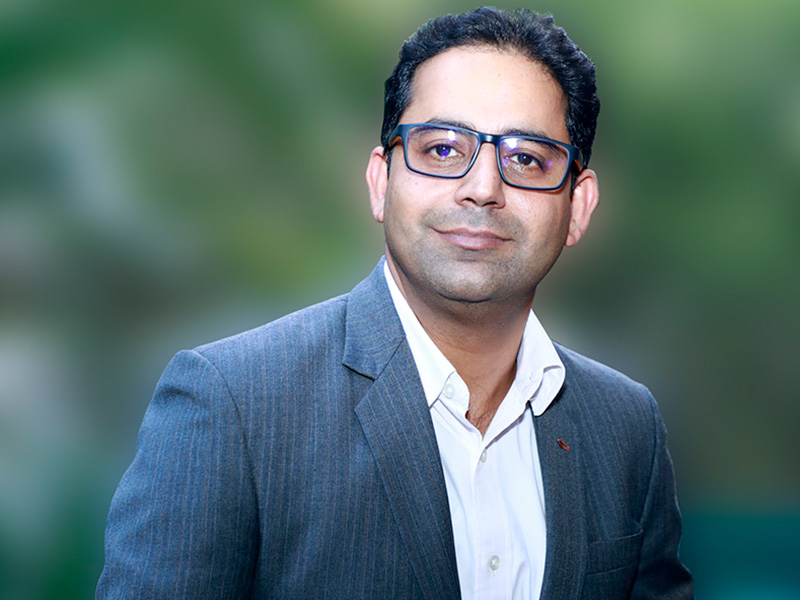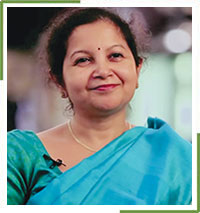
"As India grows and evolves into a more sustainably-built nation, both LEED and GBCI will evolve and grow with it," says Mili Majumdar, Managing Director, GBCI India in an interview with Maria R.
Could you please brief us about GBCI and its role in Green Growth?
GBCI is the only certification and credentialing body within the green business and sustainability industry to exclusively administer project certifications and professional credentials and certificates within the framework of the U.S. Green Building Council's Leadership in Energy and Environmental Design (LEED) green building rating systems as well as the PEER standard for power systems, the WELL building standard, the Excellence in Design for Greater Efficiencies (EDGE) program, the Sustainable Sites Initiative (SITES®) and the GRESB benchmark, which is used by institutional investors to improve the sustainability performance of the global property sector.
By incorporating GBCI in India, with a new, fully staffed GBCI operational hub, we have on-the-ground customer service and support, we are making it much easier for Indian building projects to pursue LEED and other certification for its green growth.
GBCI also has a strategic partnership with the following organizations to help further accelerate Indian efforts to green its built environment: These include All India Institute of Local Self-Government (AIILSG), Confederation of Real Estate Developers' Associations of India (CREDAI), Delhi Metro Rail Corporation (DMRC), Gujarat International Finance Tec-City Company Limited (GIFTCL), India Smart Grid Forum (ISGF), Indian Society of Heating, Refrigerating and Air Conditioning Engineers (ISHRAE), Philips, Tata Housing Development Company (THDC), The Energy and Resources Institute (TERI) and Yes Bank. As India grows and evolves into a more sustainably-built nation, both LEED and GBCI will evolve and grow with it.
What is your view on the Indian market for LEED developing/certification?
The LEED (green building) movement started in India from mere 20,000 sq.ft project in 2003. Today, there are more than 883 million+ square feet of LEED projects registered and certified in India. The country now has more than 2,150 LEED registered or certified buildings including hospitals, offices, retail outlets, transit stations, data centers and many other kinds of newly constructed or retrofitted buildings. In fact, India is the 3rd largest market outside the U.S. that is participating in the LEED Green Building Rating System.
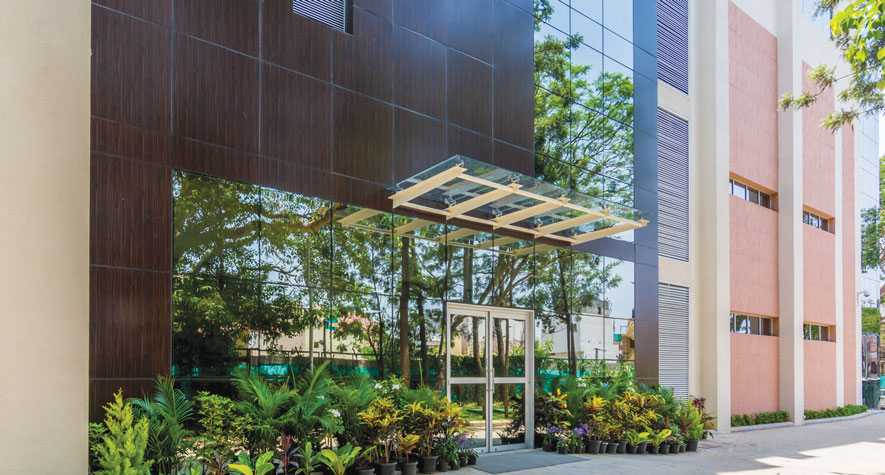
Green building industry will grow by 20% in India in the next three years, mainly on account of environmental regulation and rising demand (based on the outcome of the Dodge Data & Analytics World Green Building Trends 2016 SmartMarket Report, in which the USGBC is a contributing partner).
We at USGBC, conducted a survey with LEED users in India, some of its key highlights are:
- 90% of industry senior executives who have used LEED in India anticipate that their LEED-related work will increase over the next five years.
- More than 66% of green building professionals in India view LEED positively or very positively.
As the country is gearing up with the plan to construct 100 smart cities; what are the initiatives being taken by GBCI for proper guidance and how closely you're working with government agencies?
GBCI is closely working with multiple local government bodies to help smart cities in sustainable development. In fact, in order to achieve the goal of smart cities at a global scale, USGBC has taken an integrative approach to sustainable development and city planning through the development of a new, innovative performance platform. This platform evaluates a city's ability to implement energy efficiency, water preservation, waste management, health and wellness, sustainable sites and other important infrastructural elements.
This performance platform allows cities all over the globe a credible way to measure, compare, manage, and improve the performance of their urban infrastructure. It allows key decision-makers around the world to identify and guide the planning, implementation, management and operations of sustainable, high-performing cities. Green buildings—or LEED certified buildings—are just one subset of this platform.
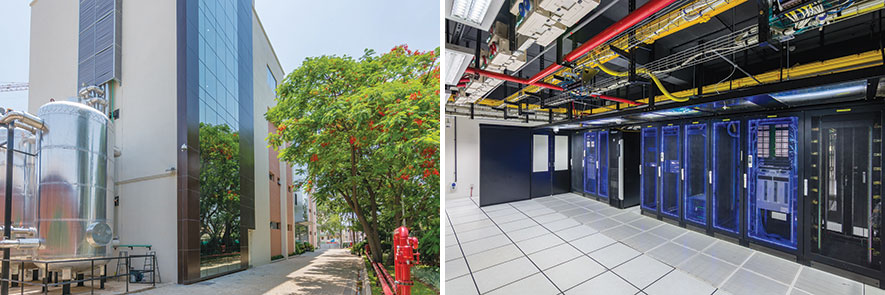
The performance platform will give cities around the world the power to positively impact their communities. To ensure that citizens' health and wellness is a right, not a privilege. To ensure everyone has the opportunity to learn in a green school. To ensure everyone has access to clean and reliable energy. To develop more sustainable, healthy buildings, communities and cities, and to benchmark these so that we raise the bar on how they are planned, developed and measured.
USGBC has a strong vision of a sustainable-built environment within a generation and is transforming the communities where we live, work, learn, and play. This vision is simple—that buildings, communities and cities will regenerate and sustain the health and vitality of all life within a generation. USGBC believes that this vision is only possible through the development of smart cities at a global scale.
In order to ensure a sustainable future for all, we must adopt smart city and grid policies, implement technologies that improve the performance of our cities, continue the transition from the concept of green buildings to green cities, and incorporate wellness and sustainable sites into city planning and development.
Tell us about ITC Sankhya, Bengaluru, the world's first USGBC LEED Platinum certified Data Centre.
ITC Sankya Data Center, the first LEED v4 Platinum building in India, is also the first data center in the world to achieve this level of certification under LEED v4. ITC Sankhya, the primary data centre for all operations of the Company is located in the ITC campus in Cox Town, Bengaluru. With a footprint of 7,500 sq.ft, the centre is a four storied building, measuring a total of 30,000 sq.ft.
Here's a glimpse of the project score card (know more at http://in.usgbc.org/projects/itc-sankhya-data-center?view=scorecard):
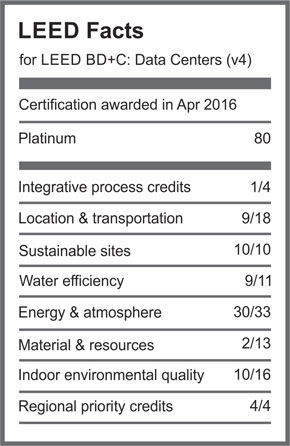
Data centers are unique projects as they have very few occupants, and they are huge energy users: a data center can use as much energy as a small town. Whereas, a typical building is designed to meet heating and cooling needs for occupant comfort, a data center must provide massive cooling power for its servers. Water use is also a key target area for data centers, if the facility utilises water for cooling. These specific building needs are built in to the data center adaption for LEED. With the Indian data center infrastructure market expected to be total of $2 billion in 2016—a 5.2 percent increase from 2015—sustainably-built data centers will be critical.
The U.S. Green Building Council (USGBC) are the creators of the LEED. What is its global mission and top priorities for the year ahead?
USGBC helps advance and champion spaces that are better for the environment and healthier for us to live, work, and play in. Through our community network, continuous collaboration with industry experts, market research publications and LEED professional credentials, USGBC remains a key driving force in the green building sector. The vision and mission of the U.S. Green Building Council (USGBC) is to improve the quality of life by transforming the design, composition, and operation of the places where we live, learn, work, and play within the short space of a generation.
USGBC is committed to a prosperous, healthy and sustainable future through its LEED green building certification program, robust educational offerings, nationwide network of local members, the annual Greenbuild International Conference & Expo, and advocacy in support of public policy that support cost-efficient and energy-saving green buildings and communities. USGBC serves a diverse marketplace and its LEED green building program is the foremost program for green building in the world – saving money for families, businesses and tax-payers, reducing carbon emissions, and contributing to a healthier environment.
Green building is projected to see positive growth for years to come, with its influence reaching across the U.S. economy, generating significant environmental and social benefits. Review the 2015 Green Building Economic Impact Study (http://go.usgbc.org/2015-Green-Building-Economic-Impact-Study.html) to learn more. Inspired by this impact, our advocacy efforts are currently focused on priorities such as Government leadership, Private sector market transformation, Raising the bar on codes and regulations and Community-wide sustainability.






